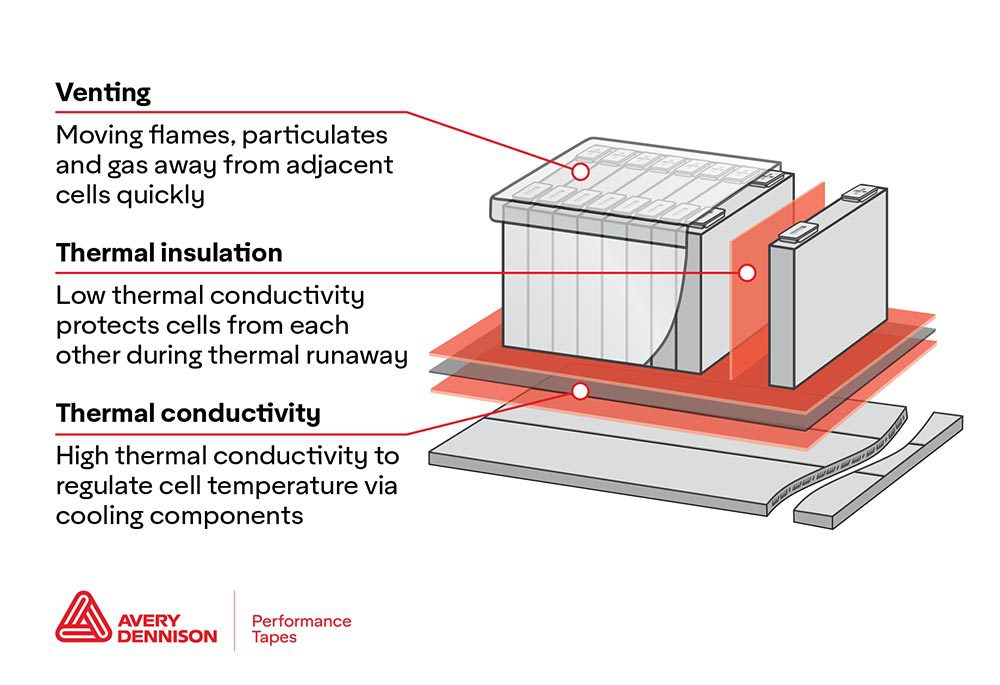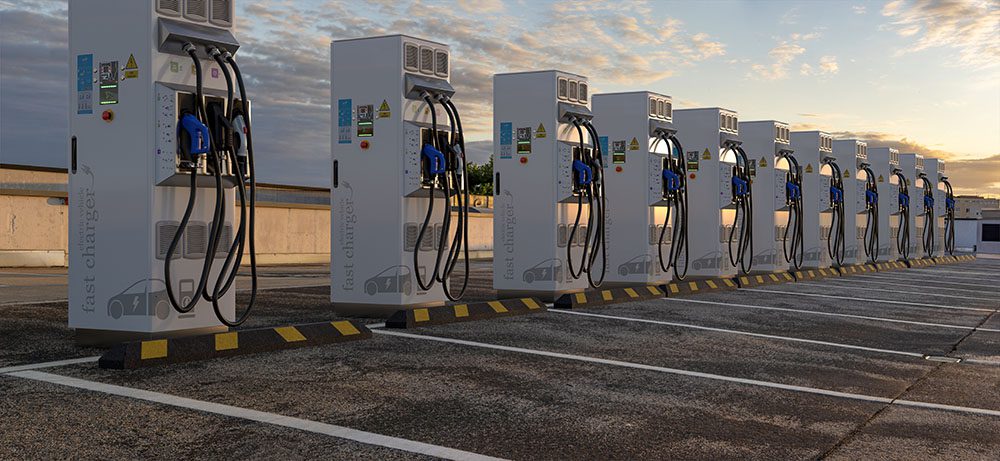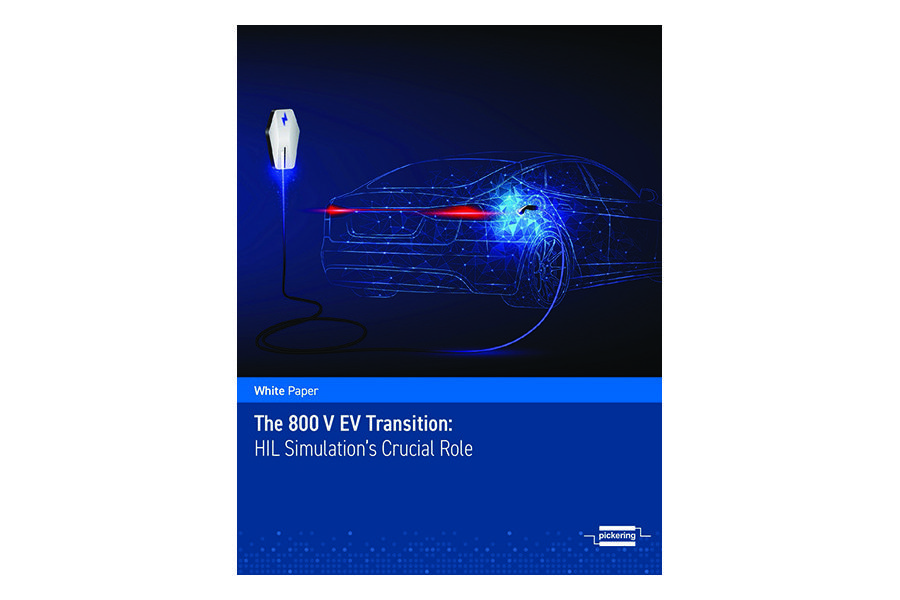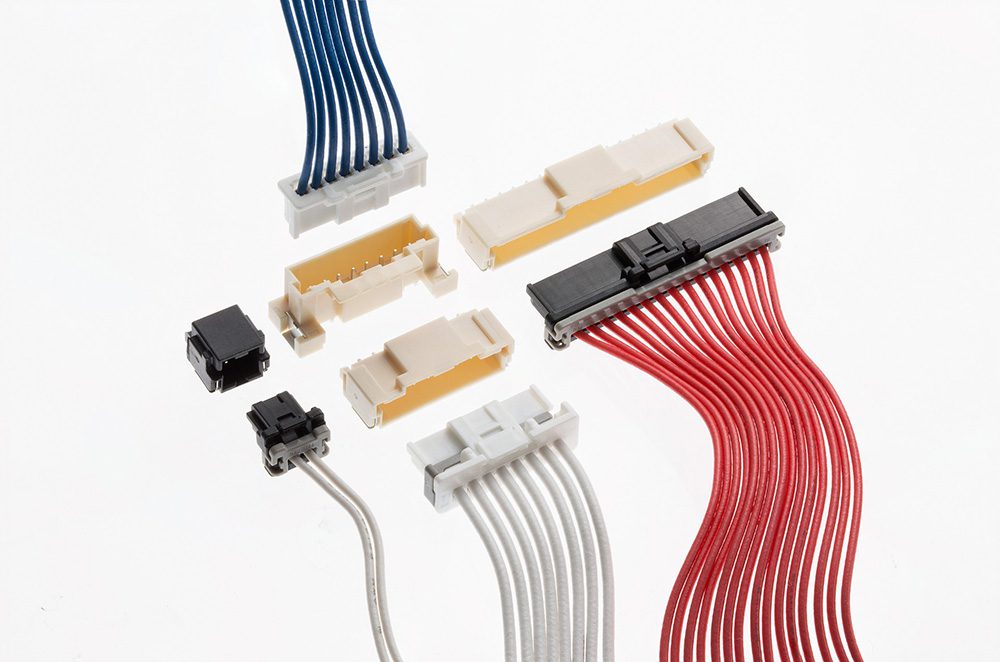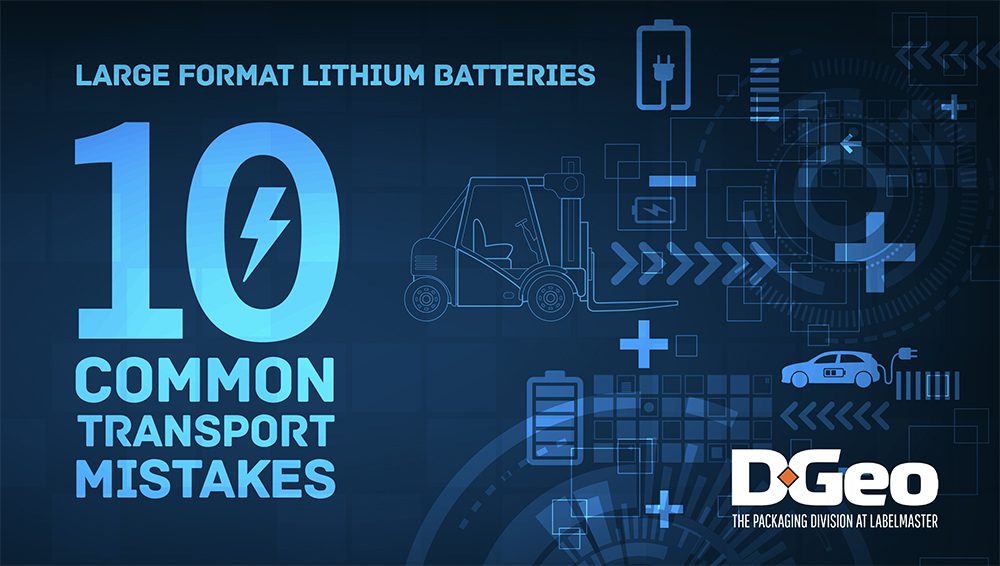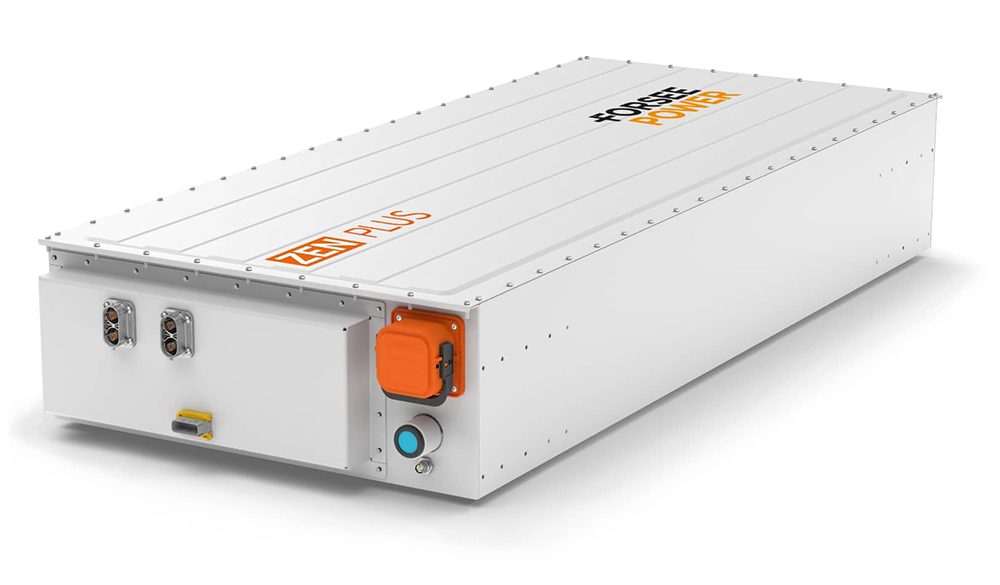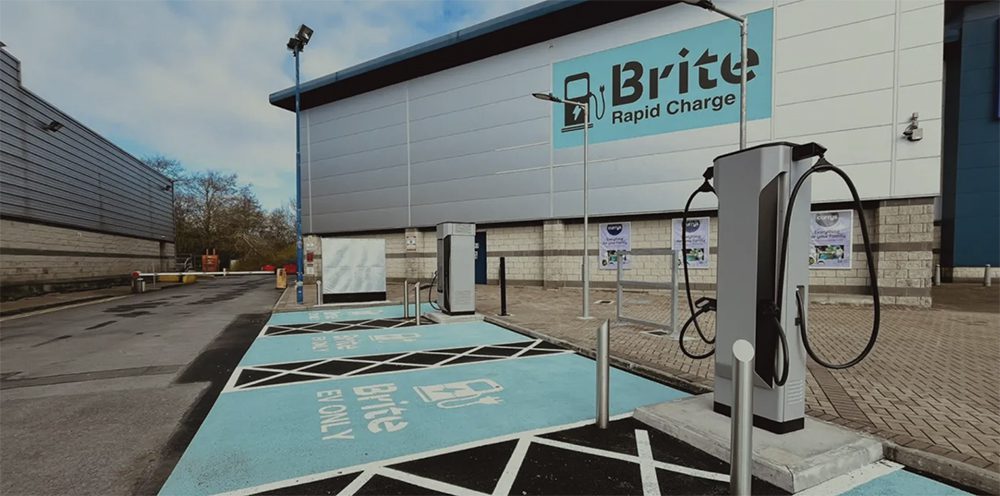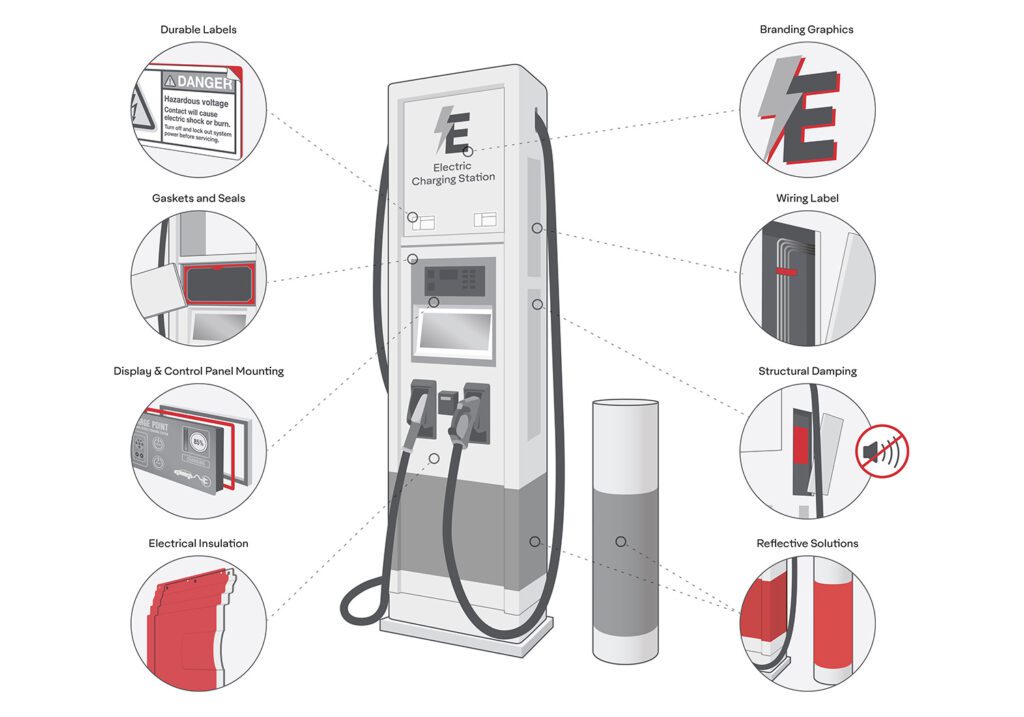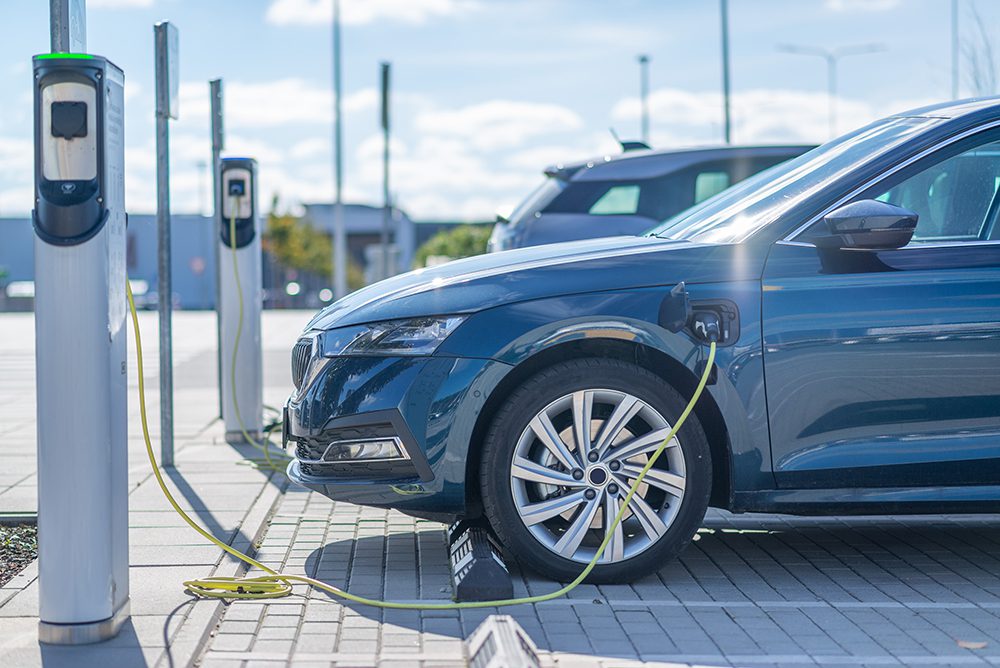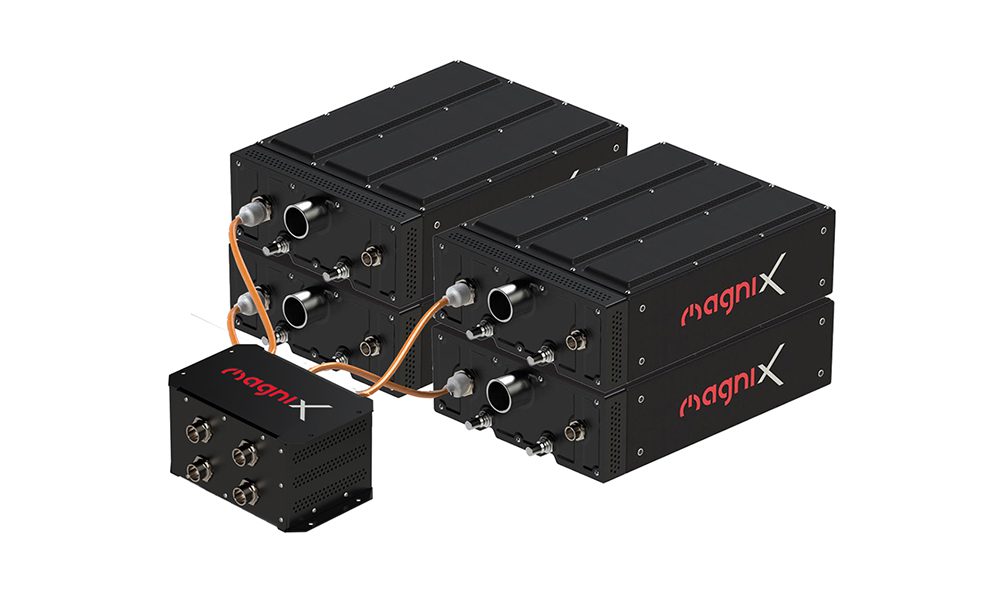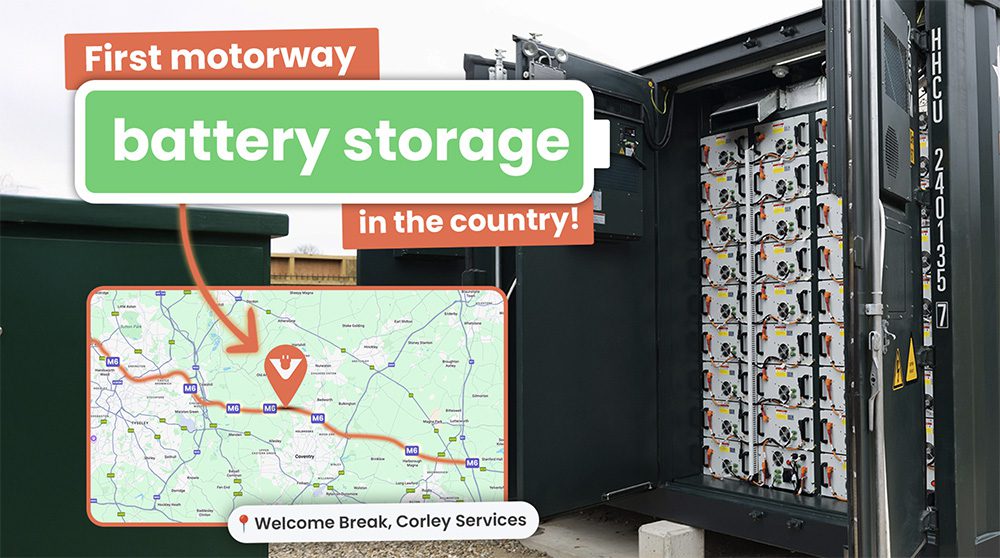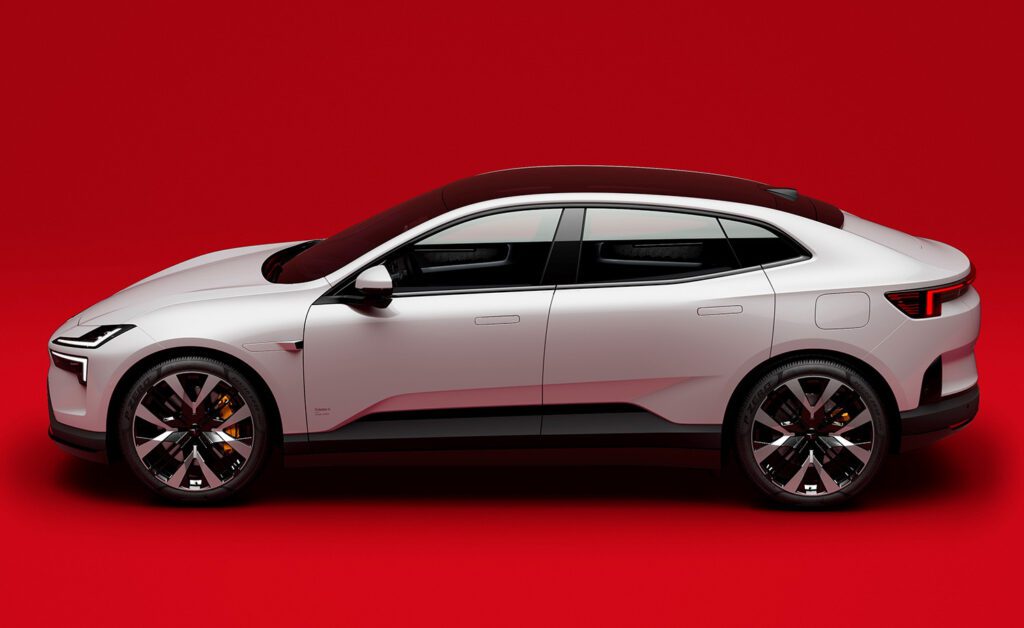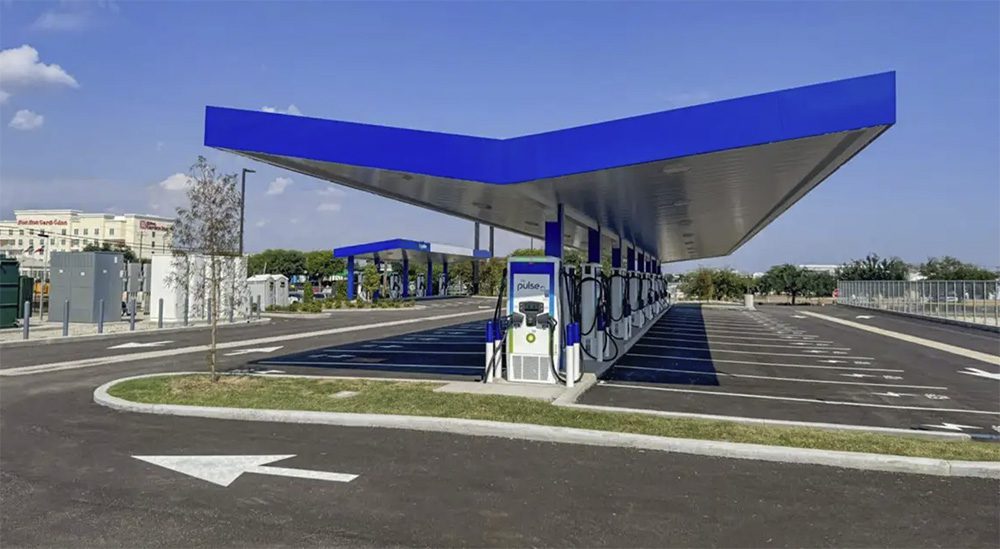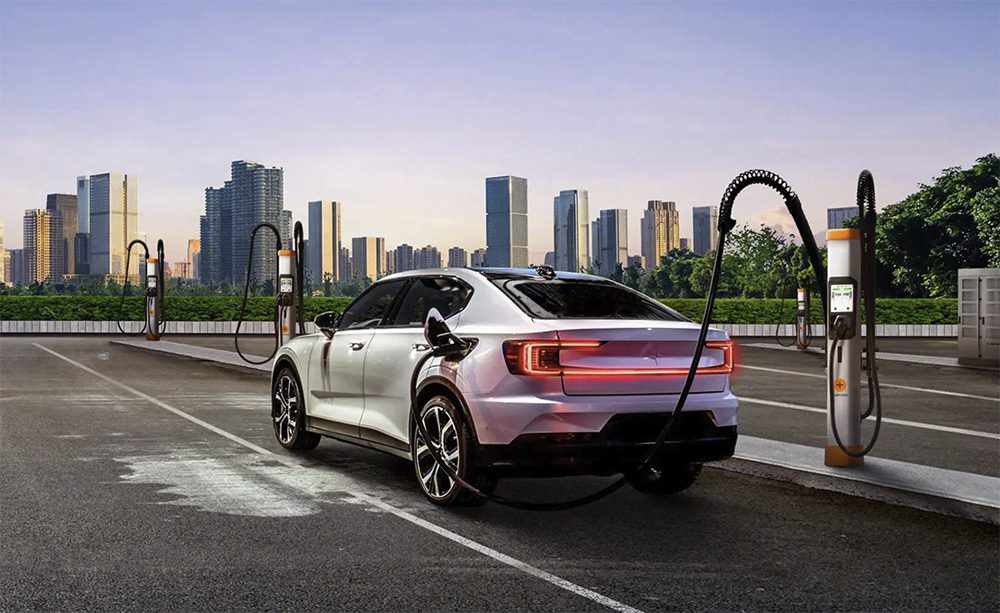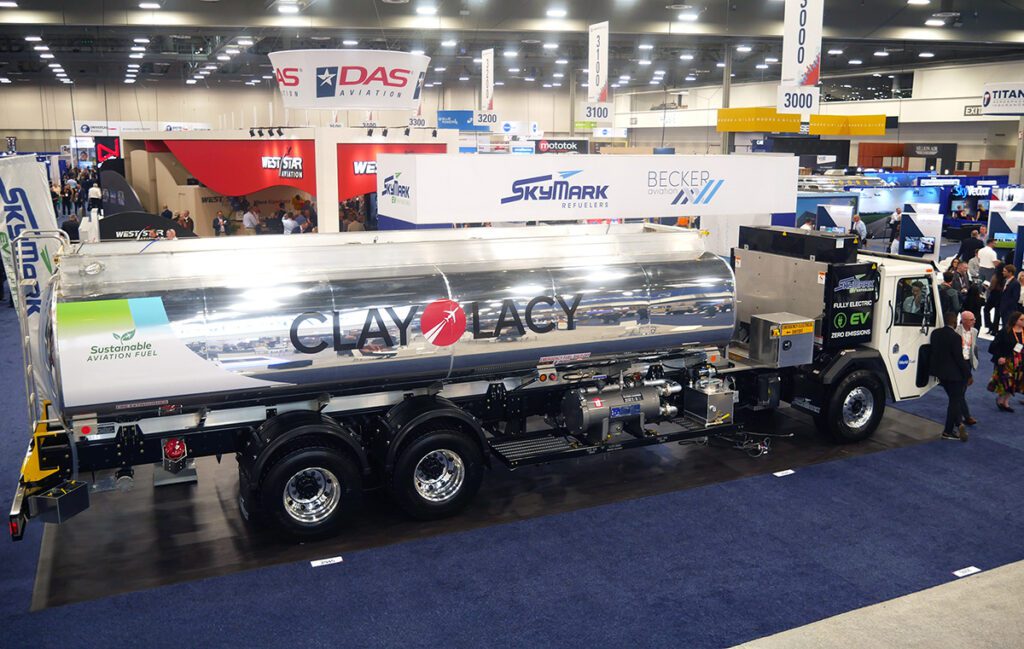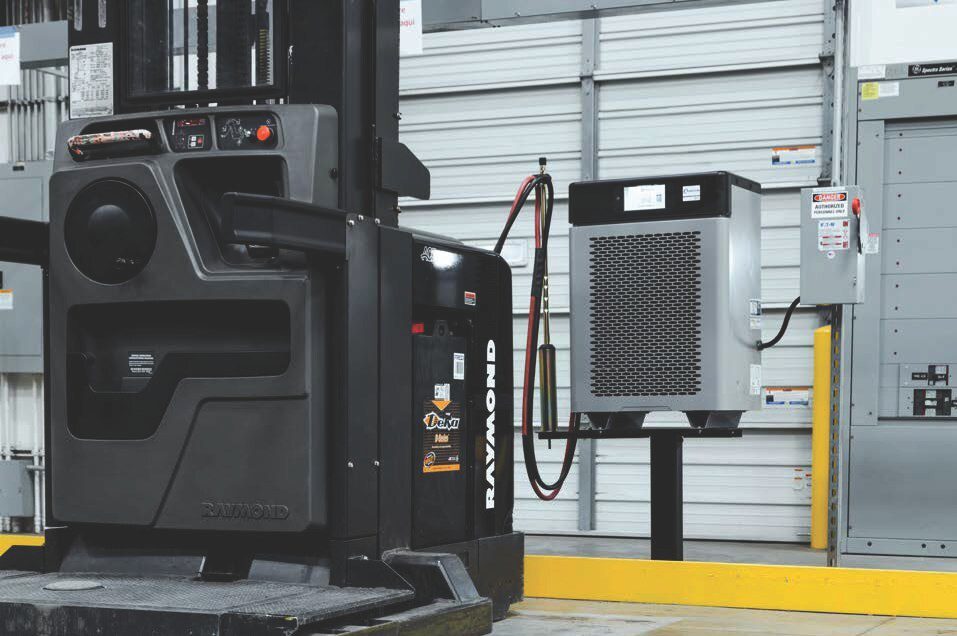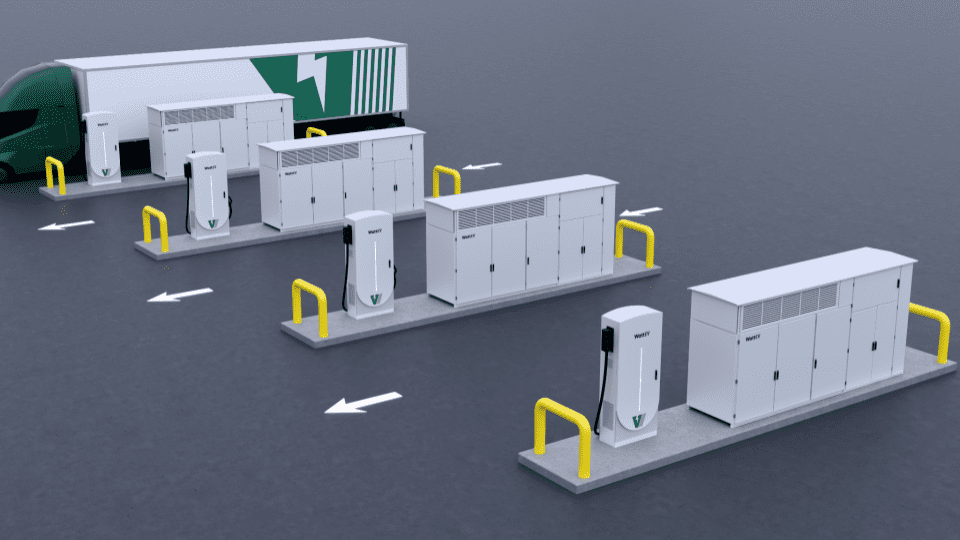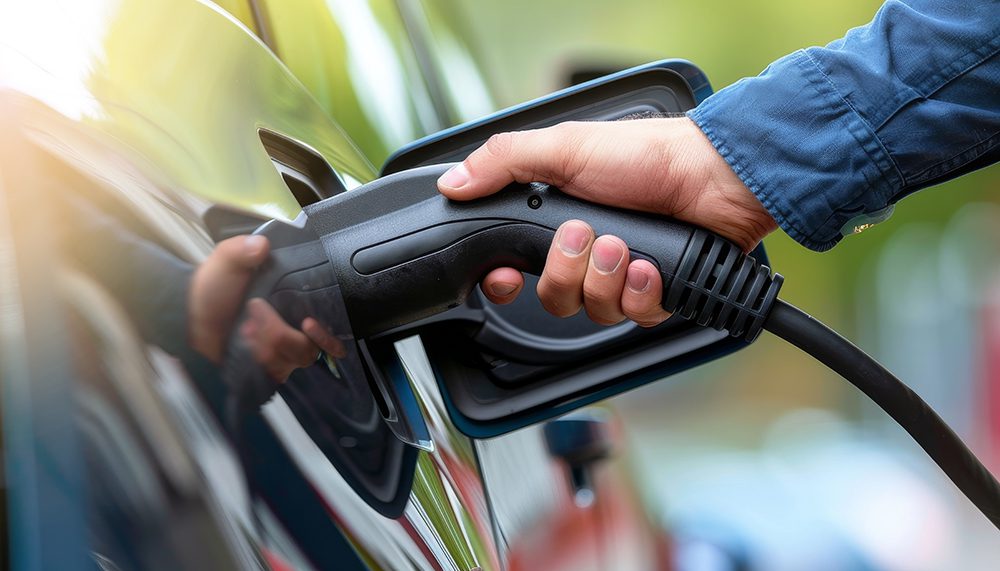New companies and new products come and go, but it’s not so often that we get to celebrate the birth of a new unit of measurement. The DOE has invented the “eGallon” in order to provide a way to compare the cost of fueling an EV to the cost of filling up a legacy ICE vehicle.
One eGallon represents the cost to drive an average EV the same distance that an average ICE vehicle could travel on one gallon of gasoline. Of course, prices for both electricity and gas vary from state to state, so an eGallon can be expressed as a figure for a particular state, or for the national average. For example, in Charged’s home state of Florida, the average price of a gallon of regular unleaded gas is $3.42, and a Florida eGallon costs $1.10, so Florida EV drivers, as a group, are driving for less than a third the cost of driving on dinosaur wine.

The DOE’s web site has a handy calculator allowing you to see the relevant figures for your state, and a chart that illustrates another advantage of driving electric – gas prices often spike up and down, while the cost of electricity is much more stable.

Because it’s based on an average fuel economy figure (28.2 miles for 2012 model year cars), the eGallon isn’t very useful for an individual (or company) considering the purchase of an EV. To calculate the savings from going electric, you’ll need to compare the model you’re considering to the vehicle it would be replacing, or to an ICE vehicle of comparable size (also taking into account the lower maintenance costs of an EV). However, the eGallon does provide a quick way to show how the cost savings of EVs vary over time, or between different states.
Images: Energy.gov
Source: US Department of Energy



















































